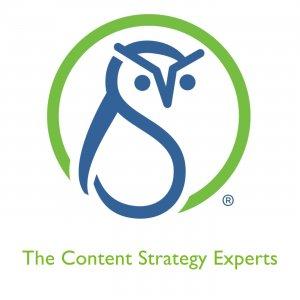Content Operations

LearningDITA Live 2020 highlights (podcast)
In episode 70 of The Content Strategy Experts Podcast, Elizabeth Patterson shares some highlights from LearningDITA Live 2020. “Structured content is a way to strategically optimize your content so it frees your content from the format. Because it’s free of the format, it also frees it from tools.” —Bernard Aschwanden Related links: * LearningDITA Live 2020 recordings Twitter handles: * @PattersonScript * @simonbate * @aschwanden4stc * @easyDITA * @OctavianNadolu * @cwhandrews * @gretylkinsey * @Center4infoDev * @kheathScript * @Turbonomic * @cdybdahl * @JackMolisani Transcript: Elizabeth Patterson: Welcome to The Content Strategy Experts Podcast brought to you by Scriptorium. Since 1997 Scriptorium has helped companies manage, structure, organize and distribute content in an efficient way. In episode 70 we take a look at some of the highlights from LearningDITA Live 2020. Hi, I’m Elizabeth Patterson and today I’m going to share with you some bits and pieces from the sessions from LearningDITA Live 2020. We’re going to start with a highlight from Simon Bate of Scriptorium. Simon’s session was Introduction to DITA. In this clip, Simon talks about some of the reasons you might want to use DITA and some of the benefits it offers. Simon Bate: Let’s talk about some of the reasons you might want to use DITA and some of the benefits it offers. Being an open standard makes DITA flexible. DITA can be used with a variety of different tools for authoring, editing, formatting, and storing content. If your business goals change or your context view change being in DITA makes it easier to go to a different toolset while keeping the same source content. The elements used to mark up your DITA content, give your content semantic value. That is every piece of content in DITA is tagged with an element. Semantic value means that the tag surrounding each piece of content has meaning such as paragraph, step, hazard statement and so on. Both your authors and your authoring and publishing tools know what kind of information is contained in each tag. Tagging your content that has semantic value also helps with search and filtering. SB: Topic-based content is easier to reuse. Individual topics can be used and reused in any order in any number of different documents. In DITA the topics are organized in maps which are much like a table of contents. The map allows you to specify the order and hierarchy of your topics. A reusable topic addresses a single idea or question. It contains enough information to stand on its own and it doesn’t assume any context about what information comes before it or after it. And separating your content for the formatting makes it easy to produce multiple outputs. If you’re producing more than one type of output. For example, PDF, HTML and EPUB using DITA allows you to apply different formatting to the same set of source files, which means all your outputs will be consistent with each other. EP: This session was particularly beneficial for those that were relatively new to DITA so if you’re interested in watching this recording or you missed it,






 Visit Podcast Website
Visit Podcast Website RSS Podcast Feed
RSS Podcast Feed Subscribe
Subscribe
 Add to MyCast
Add to MyCast